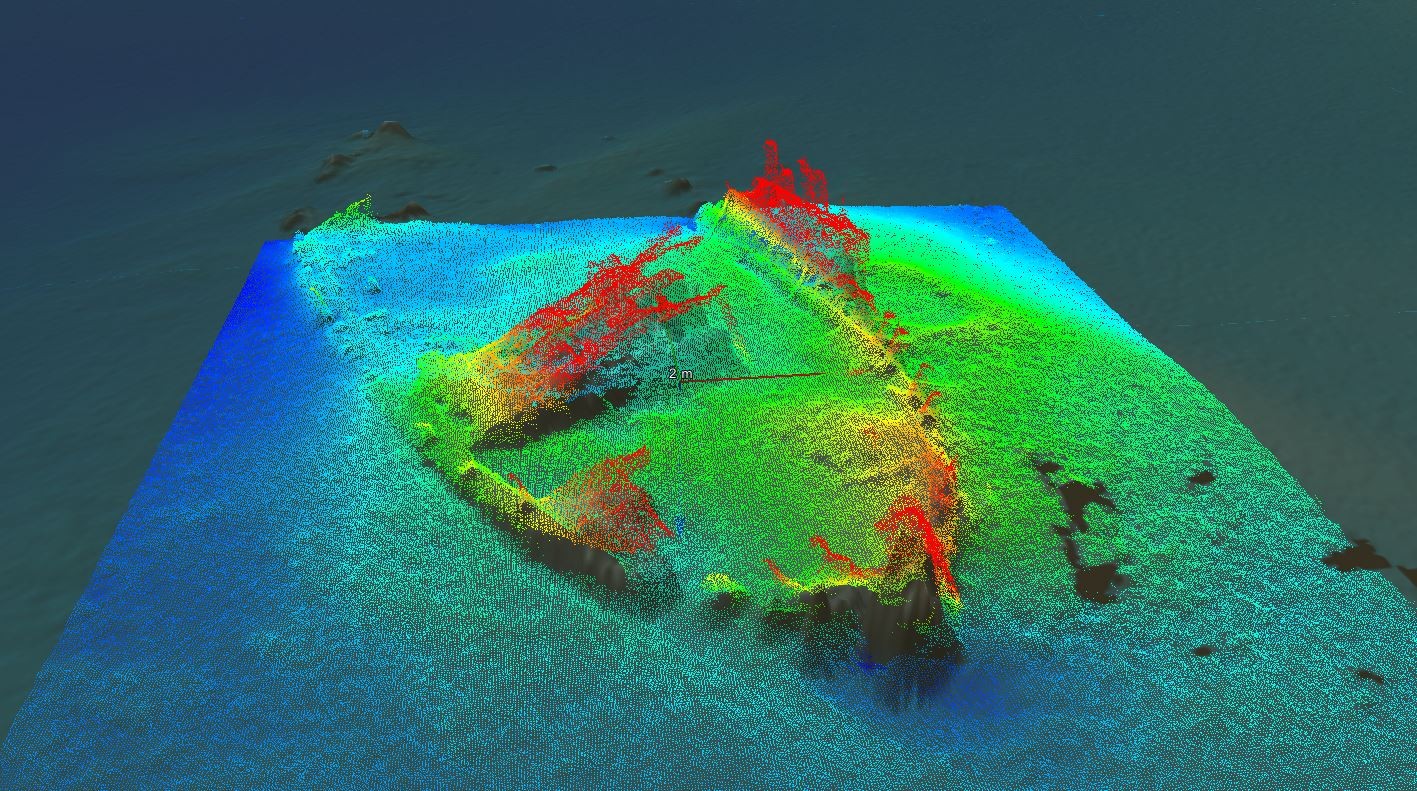A question we’re asked by many customers is “how accurate is a drone survey?” In terms of land surveying, accuracy is key to everything you are looking for in your survey. Traditional land surveying methods require time and precision to ensure that accuracy across the project is maintained. This involves expensive surveyor time and potentially the need for expensive equipment if your target is high in the air such as a roof. Deploying a drone can help reduce your time on site and equipment hiring costs by surveying from the air.
As drone technology has advanced, the ability for drone maps to be highly accurate through the use of Post-processed Kinematic GPS positioning has also advanced. But what do we mean when we reference accuracy in drone mapping? Is it always important for a map to be highly accurate? What range of accuracy can you expect from your datasets? Do you require relative accuracy? Absolute accuracy? Or Both?
Post-processed Kinematic (PPK) GPS accuracy is 1-2cm horizontal and 3-4cm vertical, resulting in high resolution 2D & 3D datasets
Although the data is stored within the RGB photographs, it only becomes useful when all of the photographs are combined within a Photogrammetry software package. Photogrammetry software, such as Pix4D Mapper, calibrates the camera sensor for focal length and then combines all images, which are accurately georeferenced using PPK positioning of the drone, along with accurately known orientation angles, thanks to a built-in Inertial Motion Reference Unit (IMU) within the drone itself. Once the software has combined the georeferenced images and applied the calibrated focal length to all of the images, Tie-points are generated within the software, pin-pointing the same ground features within all available images from the various camera angles. This allows the software to build a 3D dataset of the intended ground features within the images and various outputs can then be generated to the clients’ own requirements.
Once the combined images dataset is created, the software will allow you to calculate measurements across the features within the dataset with an absolute accuracy of 1-2cm horizontal and 3-4 cm vertical (relative accuracy of 1 – 2cm), giving you an accurately referenced dataset to use throughout the lifetime of the project.


